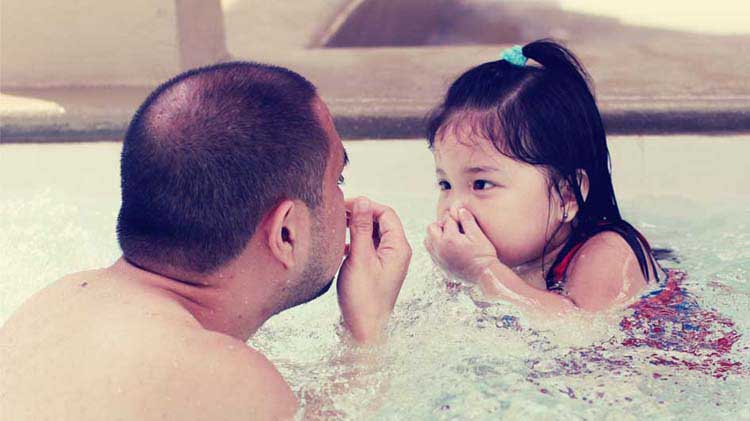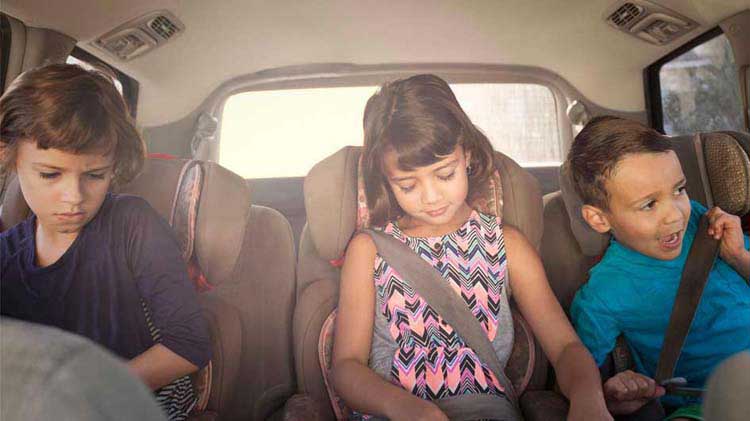Heat related illness warning signs and tips to prevent it
Spending time outside is nice, but too much sun can put you at risk for developing a heat related illness. As the temperature rises, your body's natural cooling mechanism, sweat (or more kindly, perspiration), evaporates and helps to cool your body. But on those hot, humid cut-the-air-with-a knife days, evaporation is slowed and your body may not be able to keep itself cool. Children and teens are especially susceptible as they produce more heat with activity than adults and sweat less. As a result, you can potentially be at risk of heat stroke.
Heat illness prevention
When the temperature rises, especially when the heat index is above 90 degrees Fahrenheit, follow these simple tips to help prevent heat related illnesses.
- Stay hydrated. Drink water or beverages that contain electrolytes even if you don't feel thirsty. This will help your body keep up with increased perspiration.
- Avoid sugary, caffeinated or alcoholic drinks. They can cause your body to lose more fluid than normal becoming dehydrated.
- Stick close to air-conditioned areas. Avoid heat stroke without AC at home. Stay cool by visiting the library, movie theater or mall especially during the warmest part of the day.
- Dress for the weather. Loose-fitting and lightweight clothes are best. Stick to light colors. Darker colors trap heat.
Heat related illnesses and warning signs
According to the Center for Disease Control (CDC), here are some items you might do if you or someone else shows heat exhaustion symptoms.
Heat stroke
Heat stroke occurs when the body's heat-regulating system is overwhelmed by excessive heat. It is a life-threatening emergency and requires immediate medical attention.
- Signs of heat stroke: High body temperature, confusion, headache, dizziness, and hot, red dry or damp skin
- How to treat heat stroke: Call 911, and try to lower the person's body temperature by getting them to a shady area and placing ice packs or cool wet towels on their neck, armpits and groin or immersing them in cool water.
Heat exhaustion
Heat exhaustion results from a loss of water and salt in the body and occurs when the body no longer is unable to cool itself properly.
- Heat exhaustion symptoms: Heavy sweating, pale skin, muscle cramps, dizziness, nausea and more.
- How to treat heat exhaustion: Head inside to a cool location, rehydrate with cool beverages, make sure clothing is loose and use cool wet clothes on your body. If symptoms get worse or last longer than an hour, call 911.
Heat rash
Heat rash occurs when the skin's sweat glands are blocked and the sweat produced cannot get to the surface of the skin to evaporate.
- Heat rash symptoms: Small blisters that resemble pimples break out on the skin. Typically, this occurs on the chest, groin, neck or elbow crease.
- Heat rash treatment: Keep the area dry and head inside where it's cooler and less humid. A powder, such as baby powder, may sooth the rash.
Heat cramps
Heat cramps consist of muscle cramps and spasms that occur during or after intense exercise and sweating in high heat.
- Symptoms of heat cramps: Muscle pain or spasms and heavy sweating during intense exercise.
- How to treat heat cramps: Stop exercising immediately. Rehydrate with water.
Summer is a time for enjoying the outdoors with family and friends. As you head outdoors, be sure to stay cool and hydrated and watch for the signs of heat related illnesses.




